Functional Training Series: The Squat
The Squat. Many call the squat the king of all exercises. It is very basic for sure. If you sit in a chair at work, sit in a chair to eat, or sit on the potty you need to be able to squat. It is a functional movement basic to all of life. As one squats down an eccentric contraction occurs lengthening the quadricep muscles, and as one rises a concentric contraction occurs shortening the quadricep muscles. The quadricep is the main muscle worked, but the squat develops functional strength in the core of the body, lower back, glutes, and hamstrings . Furthermore, the squat develops stability around the joints of the ankles, knees, hips, and low back.
Often you will hear people say that squats are bad for one’s knees. Any overuse of any joint where either the volume of repetitions, the load being used is too high, or the technique is incorrect puts one at risk for injury. However, avoiding squatting is not the answer either. The wise choice is to include a squat, lunge or deadlift at least one time per week to keep the body functional by moving the body through full ranges of movement at the ankles, knees, hips and low back. Even a simple body weight squat is enough. Performing 2-3 sets of 5-10 repetitions per week will keep your body functional. As always check with your physician before beginning an exercise program.
There are many ways to perform squats: assisted squats, body weight squats, back squats, front squats, goblet squats, plyometric squats, overhead squats, dumbbells, barbells, and kettle bells. Basic squat technique begins by placing the feet hip to shoulder width with the toes pointed out approximately thirty degrees. The chest should be facing forward and not down. The lumbar spine should remain tight and arched, not rounded and curved. The head should be in a neutral position and eyes should gaze straight or slightly upward. As one begins to squat, hinge at the hips and begin to lower your body maintaining the positions stated above. It is appropriate for the knees to extend beyond the toes and to perform a full squat meaning the quadriceps drop to a position below parallel relative to ground level. As one rises out of the squat maintain the same angles from the waist up and rotate the hips forward. The knees should not go in but run in line with the toes.


